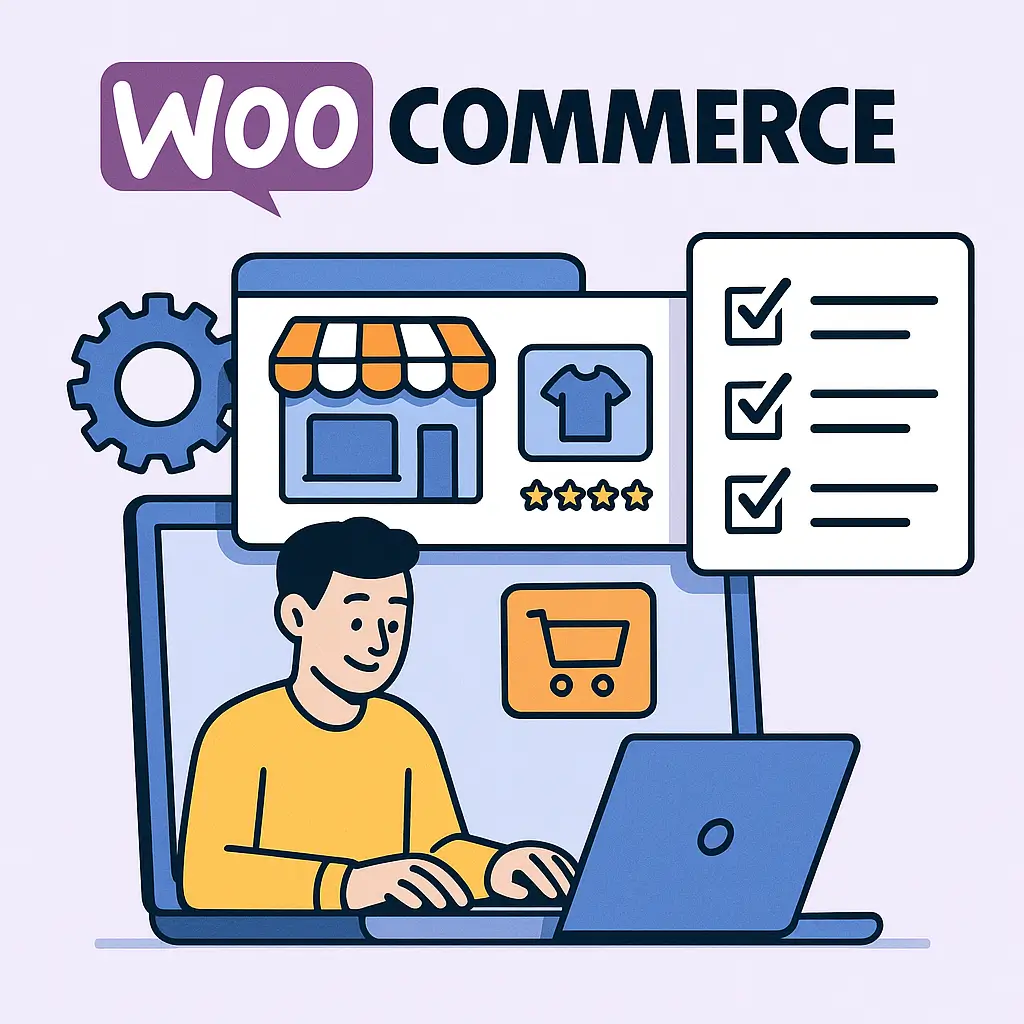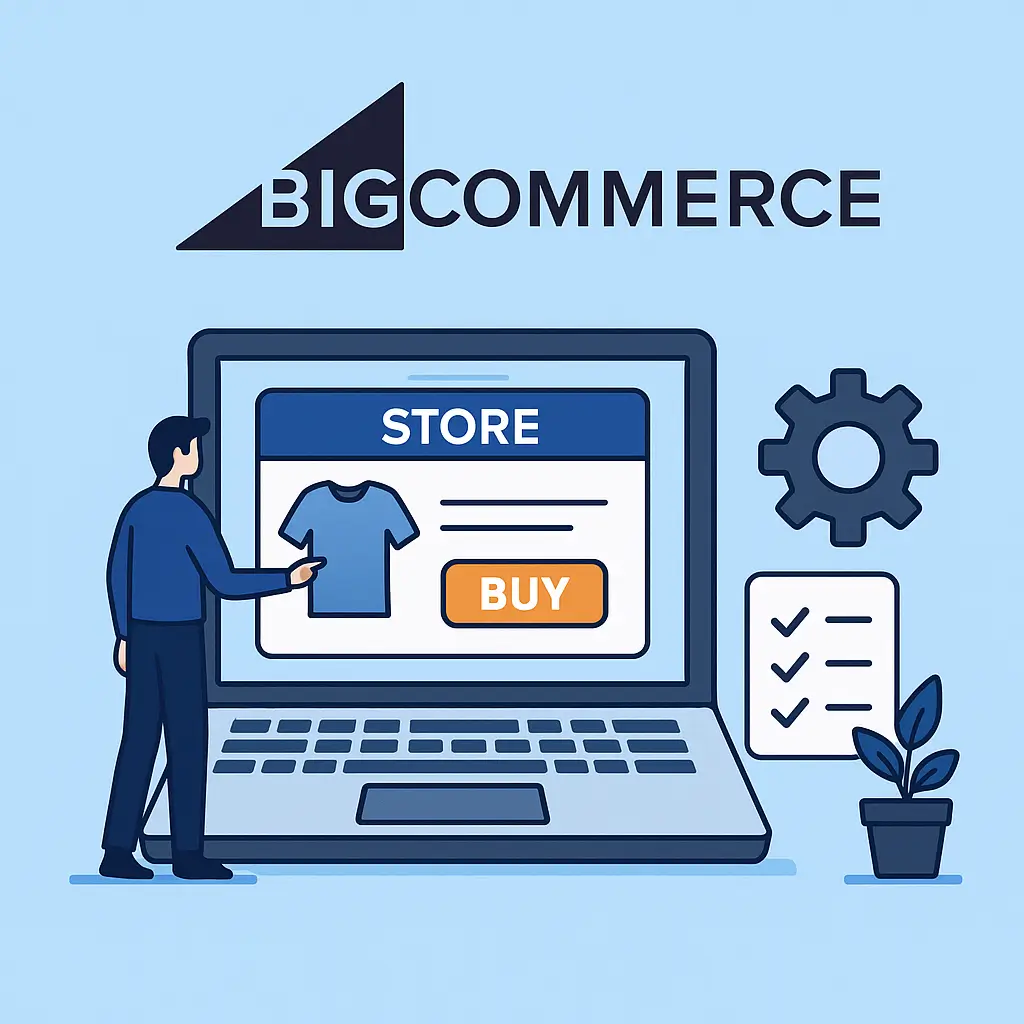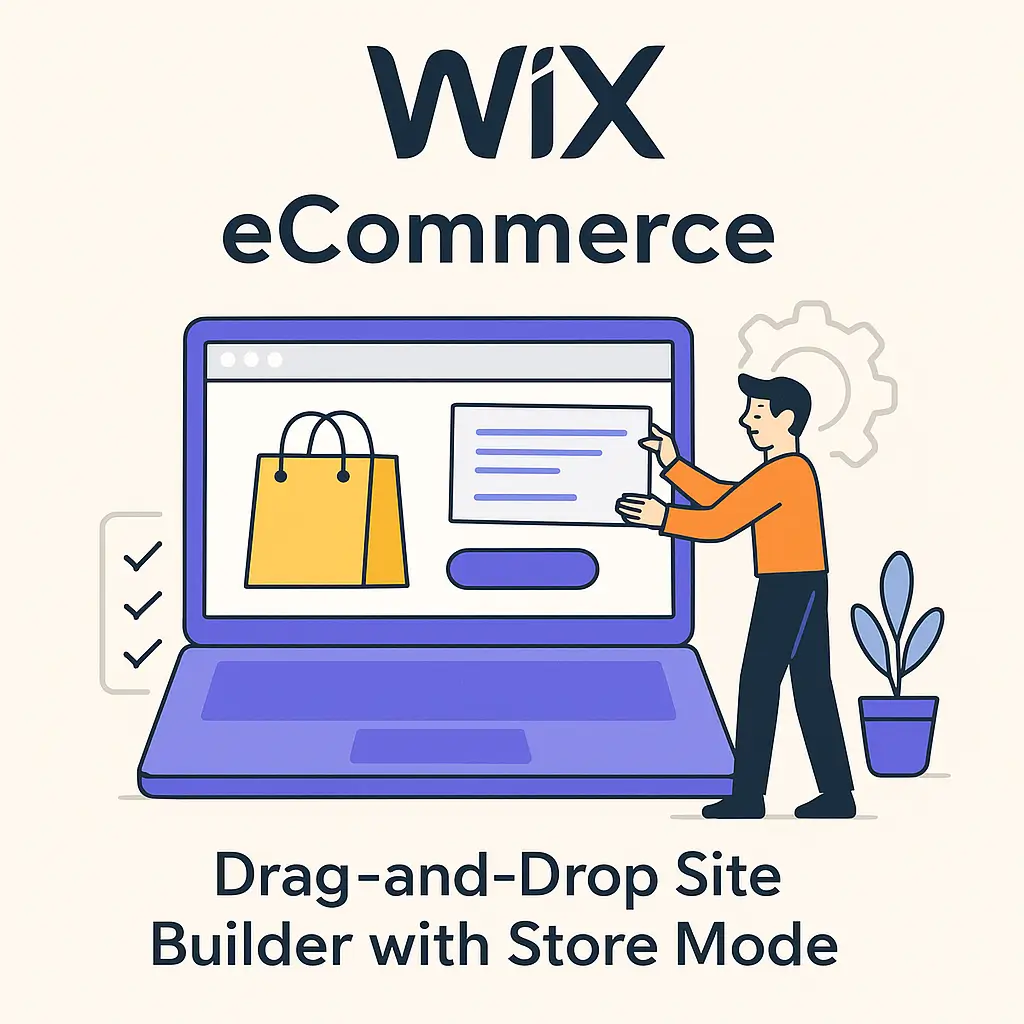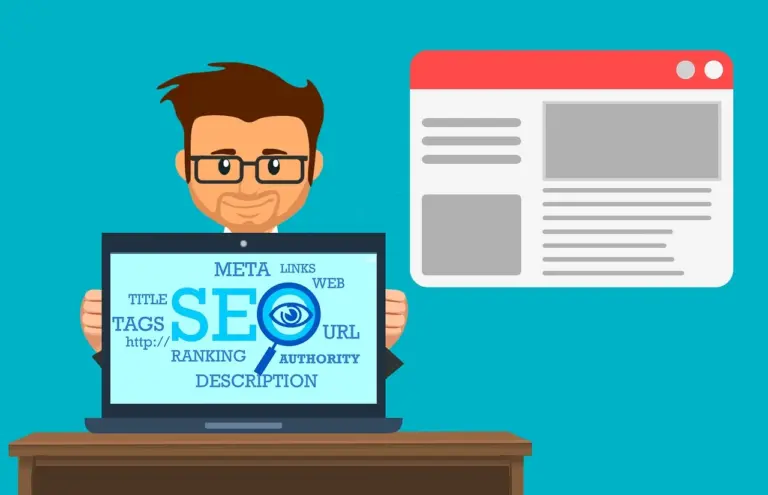Top Shopify Competitors 2025: Prices, Pros & Best Pick
Running an online store in 2025 is a bit like parking in Melbourne’s CBD: there’s room for everyone, but only if you pick the right spot quickly. Shopify is still a fantastic “parking garage”—and it’s the platform we recommend and build on every day—but it isn’t the only address in town. Below is a deep dive into the leading Shopify alternatives, including what they cost, how they feel to live with, and what you’ll spend to launch a 500‑product shop. Grab a flat white and let’s roll.
1. WooCommerce (+WordPress)

WooCommerce is an open‑source e‑commerce plugin that turns any WordPress site into a full online store. Built by Automattic, it powers roughly 25 % of all stores on the web and it’s ours best choice.
Key facts in 2025:
- Core Plugin: still free, maintained on GitHub.
- Ecosystem: 55 000 + plugins in the WordPress directory.
- Great read: Official docs WooCommerce Documentation.
We build WooCommerce stores that breeze through >10 k products—ask us how.
|
Item |
Detail |
|---|---|
|
Pricing |
Free plugin, US$15–30 / mo hosting, themes US$0–99, paid extensions US$0–300 ea. |
|
Support |
Community forums + ticketed support for paid extensions. |
|
Pros |
Unlimited flexibility, lowest entry cost, giant plugin ecosystem, full SEO control. |
|
Cons |
DIY maintenance, plugin conflicts, hosting quality directly affects speed. |
|
Dev cost (500 products) |
A$6–9 k one‑off build on managed hosting. |
Why we still love it
When you already run WordPress, WooCommerce is the cheapest way to grow into e‑commerce. We regularly ship WooCommerce stores that handle thousands of products at sub‑second page loads—because clean code > bulky themes. Just remember to budget for solid hosting and a few pro extensions.
Ready to Launch a Store That Actually Sells?
Stop comparing platforms in spreadsheets—let’s build a high‑performance shop your customers will love. Get personalised platform advice, a rough cost breakdown, and a roadmap to launch.
2. BigCommerce (SaaS Platform With Native B2B)

BigCommerce is the “Swiss‑army knife” SaaS alternative—ideal if you hate app bloat and love native features. It’s a fully hosted SaaS solution similar to Shopify but with deeper out‑of‑the‑box features—especially multi‑currency, B2B price lists, and headless capabilities.
|
Item |
Detail |
|---|---|
|
Pricing |
Standard US$39 / mo → Pro US$399 / mo (no transaction fees) |
|
Support |
24/7 phone, chat, e‑mail. |
|
Pros |
Strong built‑in SEO, native B2B features, no need for many paid apps. |
|
Cons |
Annual sales caps per plan (upgrade or get booted), design editor less intuitive than Shopify. |
|
Dev cost (500 products) |
A$8–11 k build (most time spent customising Stencil templates). |
Company site: BigCommerce pricing.
Developers: BigCommerce Dev Center.
3. Wix eCommerce (Drag‑and‑Drop Site Builder With Store Mode)

Wix began life as a visual site builder and now ships a surprisingly complete store engine—including abandoned‑cart emails, print‑on‑demand integrations, and basic dropshipping. Great for boutique stores that value aesthetics over hardcore scalability.
|
Item |
Detail |
|---|---|
|
Pricing |
Business Basic US$27 / mo to Business Elite US$159 / mo |
|
Support |
24/7 phone, chat, e‑mail. |
|
Pros |
Drag‑and‑drop ease, hundreds of templates, in‑built marketing tools. |
|
Cons |
Limited advanced SEO settings, transaction fees via some gateways, scaling pain >2 k items. |
|
Dev cost (500 products) |
A$4–6 k (design time dominates; platform handles backend). |
Official pricing: Wix Business plans.
App market: Wix App Market.
4. Squarespace Commerce (Design‑Centric CMS With Checkout)

Squarespace is famous for its pixel‑perfect templates. The Commerce tier bolts on shopping‑cart, inventory, subscriptions, and point‑of‑sale via Square. Think artisan ceramics, not mega‑catalog electronics.
|
Item |
Detail |
|---|---|
|
Pricing |
Commerce Basic US$36 / mo, Advanced US$65 / mo |
|
Support |
24/7 e‑mail + live chat weekdays. |
|
Pros |
Gorgeous templates, simple digital‑product support, strong blogging engine. |
|
Cons |
Few payment options, weaker app store, limited multi‑currency. |
|
Dev cost (500 products) |
A$5–7 k (design‑heavy; inventory import can be manual). |
Pricing page: Squarespace Commerce pricing.
5. Adobe Commerce / Magento (Enterprise‑Grade Powerhouse)

Magento, re‑branded Adobe Commerce, is a heavyweight open‑source platform used by global brands for multi‑store and multi‑language operations. Choose Magento only if you need everything and have deep pockets.
|
Item |
Detail |
|---|---|
|
Pricing |
Open Source free, but hosting A$100+/mo; Adobe Commerce Cloud quote‑only (≈ US$22 k/yr). |
|
Support |
Community only (open source) or enterprise SLA. |
|
Pros |
Enterprise‑grade scalability, multi‑store, advanced promotions. |
|
Cons |
Steep learning curve, high server costs, expensive developers. |
|
Dev cost (500 products) |
A$25–40 k+ (yes, really). |
Docs: Adobe Commerce documentation.
Marketplace: Adobe Commerce Marketplace.
6. Shift4Shop (3dcart Re‑Imagined)

Shift4Shop is a US‑centric SaaS platform. Its “free forever” plan requires you to use Shift4’s payment gateway; otherwise, tiers are similar to Shopify Basic. Good if you’re in North America and happy with the mandated payment gateway.
|
Item |
Detail |
|---|---|
|
Pricing |
Free plan (must use Shift4 payments, US‑only) or Pro US$29 / mo |
|
Support |
24/7 US‑based phone & chat. |
|
Pros |
Unlimited products on all plans, numerous B2B features out of the box. |
|
Cons |
Template library dated, fewer third‑party apps. |
|
Dev cost (500 products) |
A$6–8 k. |
Pricing: Shift4Shop pricing.
Developer docs: Shift4Shop API.
Comparison Table of Shopify competitors (2025)
Picking an e‑commerce platform in 2025 is like picking a house: budget, growth‑plans, and neighbourhood (ecosystem) matter. Use the table below, call us if you’re stuck, and remember—good code, great UX, and a touch of humour will always outsell clunky templates and broken carts.
|
Platform |
SaaS / Self‑host |
Built‑in Payments |
Native Multi‑Currency |
Headless‑ready |
Apps / Extensions |
Marketing Automation |
Starting SaaS Fee |
500‑Product Build Cost* |
|---|---|---|---|---|---|---|---|---|
|
Shopify |
SaaS |
Shopify Payments |
✅ |
✅ Hydrogen |
9 k+ |
Email, Flow, Markets |
A$39 |
A$7‑10 k |
|
WooCommerce |
Self‑host |
Stripe, PayPal, 100+ |
✅ via plugins |
✅ (REST API) |
55 k+ |
Depends on plugins |
Hosting ≈ A$25 |
A$6‑9 k |
|
BigCommerce |
SaaS |
PayPal Braintree, Stripe |
✅ native |
✅ |
1 k+ |
Built‑in abandoned cart, coupons |
A$59 |
A$8‑11 k |
|
Wix |
SaaS |
Wix Payments |
Limited |
❌ |
300+ |
Wix Ascend (e‑mail, chat) |
A$40 |
A$4‑6 k |
|
Squarespace |
SaaS |
Stripe, PayPal, Afterpay |
❌ |
❌ |
100+ |
Email Campaigns |
A$55 |
A$5‑7 k |
|
Adobe Commerce |
Self‑host / Cloud |
PayPal, Stripe, Authorize |
✅ native |
✅ |
3 500+ |
Adobe Sensei AI |
Quote |
A$25 k+ |
|
Shift4Shop |
SaaS |
Shift4 only (free tier) |
❌ |
❌ |
100+ |
Built‑in CRM, newsletters |
Free† / A$45 |
A$6‑8 k |
*Indicative one‑off development cost in Australian dollars, including theme customisation, inventory import, and basic SEO.
†Free tier available to US merchants using Shift4 gateway.
Let’s Turn Your Product List Into Profit
Need a store that loads fast, ranks high, and converts browsers into buyers?
Verdict Recap
Best overall Shopify alternative for small business: BigCommerce
No transaction fees, scalable features, and lower app dependency.
Budget flexibility king: WooCommerce
Pair with good hosting and Redis cache for sub‑second page loads.
Design‑first quick start: Wix or Squarespace
Ideal when aesthetics beat complexity.
Enterprise muscle: Adobe Commerce
Only if your turnover justifies a multi‑tens‑of‑thousands build.
Final Word 🚀
When the dust settles after every “Shopify‑vs‑the‑world” debate, we at Leonov Design keep coming back to WooCommerce— and not just because it’s free (although the accountant inside us does a little happy dance every time we say it).
Why Woo?
First, WooCommerce is completely autonomous. No monthly SaaS leash, no surprise up‑charges for every extra staff account, and no fine print that says “Upgrade or we throttle your sales.” As Ukrainians, we value independence the way Baba values her secret borshch recipe: it’s non‑negotiable.
Design freedom? Endless. With Woo, we can spin up minimalistic storefronts, neon‑soaked street‑wear sites, or a hand‑drawn woodland‑creature boutique without battling a template police squad. Need a custom checkout flow for agricultural spare‑parts delivered by drone? Done. Want to hide the cart button on Wednesdays until 5 p.m.? Weird… but hey, Woo can do it.
Compare that to:
- BigCommerce — solid features, but you’re stuck inside their Stencil theme garden; try re‑wiring it and you’ll feel like changing the wallpaper in a rental property.
- Wix & Squarespace — beautiful and quick to launch, but once you hit 1 000 SKUs, they gasp for air like a goldfish on a picnic table.
- Magento (Adobe Commerce) — a heavyweight champion, yet feeding and training it costs as much as a small car fleet.
- Shift4Shop — free if you marry their payment gateway (US only). We prefer dating around.
WooCommerce, by contrast, is the “choose‑your‑own‑adventure” of e‑commerce. Need multilingual pricing tables, headless React front ends, or a POS that syncs with your cousin’s blueberry farm? There’s an extension—or we’ll code one.
And yes, hosting matters: pair Woo with a nimble LiteSpeed server and properly optimised media, and it’ll outrun most Shopify stores on Google’s speed test. The result? A lean, purpose‑built store with zero dead‑weight features, exactly what your business (and Core Web Vitals) ordered.
WooCommerce lets us craft whatever crazy‑efficient, conversion‑loving experience you need—without recurring platform tolls and with full creative sovereignty. That’s freedom, that’s value, and frankly, that’s fun. Now, who’s ready to build something brilliantly independent?






